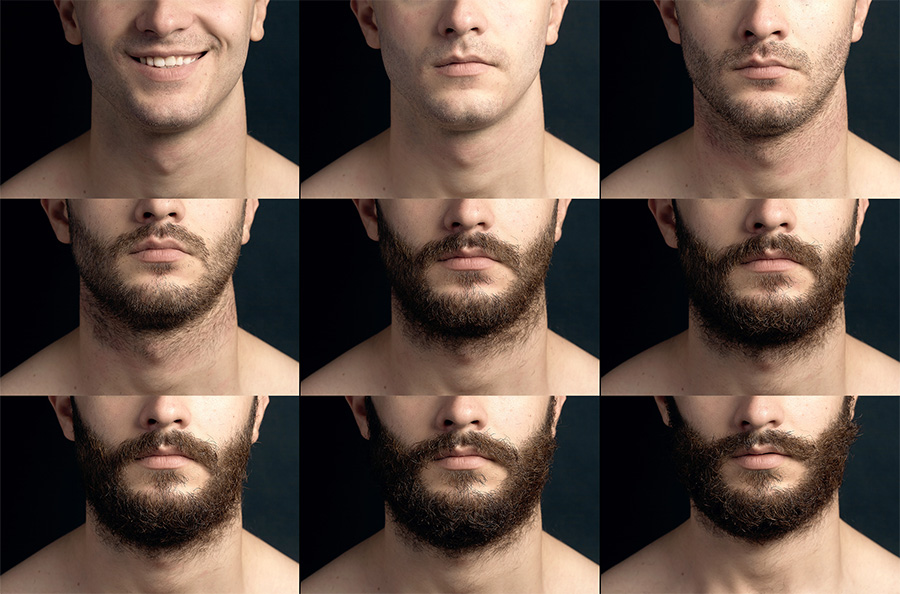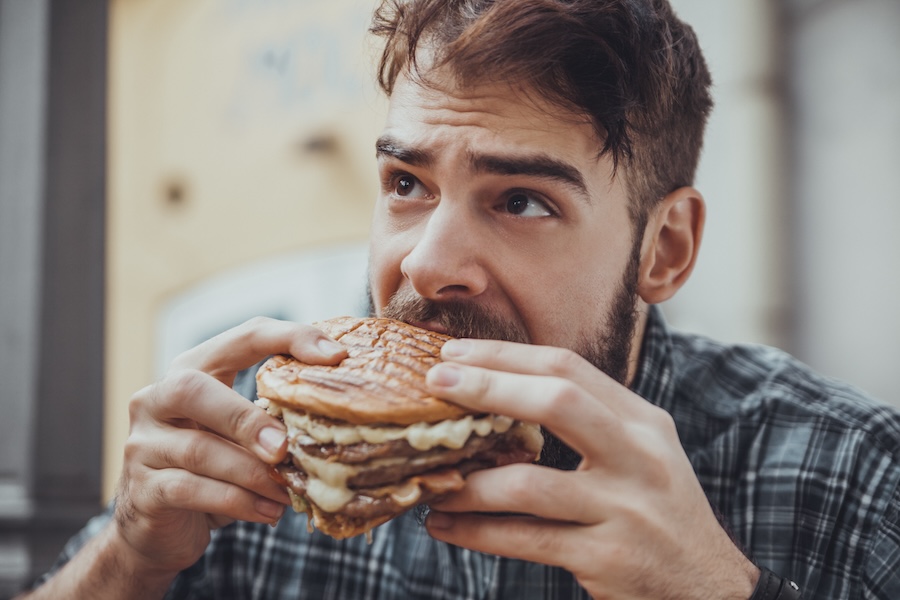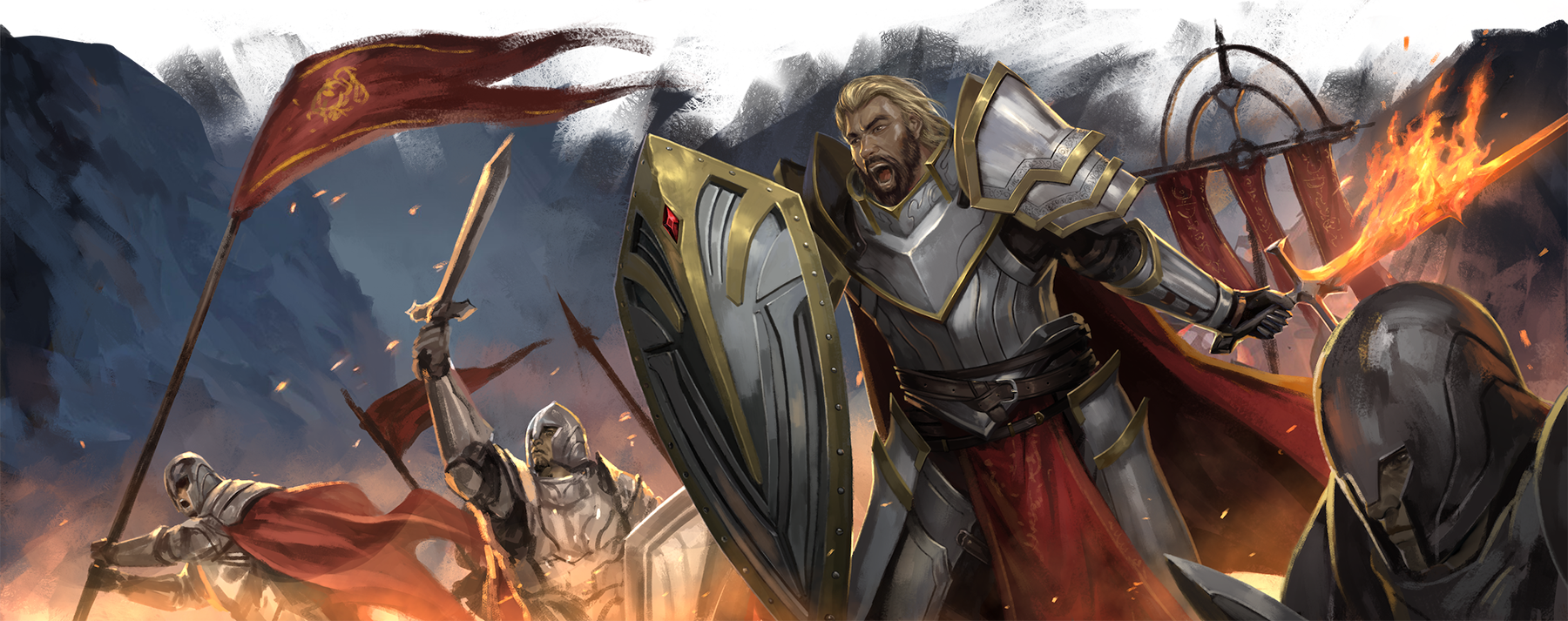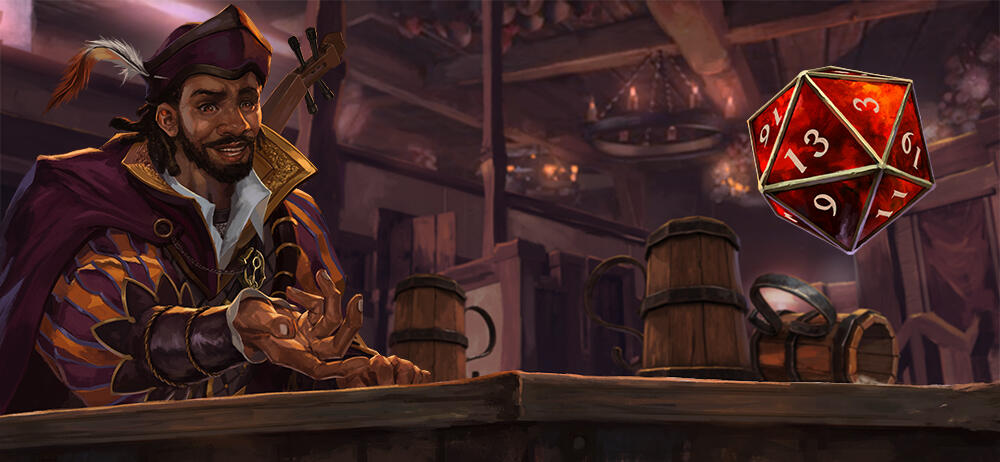Is It Possible to Lose Beard Hair As You Get Older? (And Other Possible Causes)
We’ve all heard of baldness. Some men, primarily due to genetics, develop male pattern baldness, losing their hair as they age. This condition only affects the hair on the very top of the head. However, in other people, it's not your hair that's affected; it's the beard. (I know, it's a terrifying thought.)
Beard hair loss can occur due to several different reasons. Usually, the condition only involves a small bald spot or patch without the beard. More severe conditions can result in substantial beard hair loss, however.
So, what causes beard hair loss? Why does it only affect certain men? And what can you do about it?
In this guide, you'll find:
- Normal Beard Growth
- Beard Hair Loss Causes
- Symptoms to Look For
- Treatment for Beard Hair Loss
Normal Beard Growth

Hair loss is a normal and natural part of the hair growth cycle. In fact, we lose 50 to 150 hairs per day – out of a total of around 30,000. Approximately 10% of your beard whiskers are just waiting to drop out so new hair can begin to grow.
The normal hair growth stages include:
- Anagen (Growth Phase): The active phase where hair grows from the follicles, lasting several years and determining hair length.
- Catagen (Transition Phase): A brief phase, lasting about 2 to 3 weeks, where the hair follicle shrinks and detaches from the nutrient supply, ending growth.
- Telogen (Resting Phase): A 3-month phase where the hair does not grow but remains attached to the follicle, with new hair beginning to form underneath.
- Exogen (Shedding Phase): The phase where the old hair is shed, and new hair continues to grow, overlapping with the late telogen and early anagen phases.
However, as you age, the hormonal trigger for hair growth, testosterone, begins to decline. The lower the levels of androgenic hormones, the slower the beard growth. If your testosterone levels really drop off, it's possible to see some beard thinning.
Beard Hair Loss Causes

Not all causes of beard hair loss are the same. Several possibilities exist to explain your sudden or gradual beard loss, from infection to autoimmune diseases.
Alopecia Barbae
Alopecia areata is an autoimmune disease where the body's immune system attacks the hair follicles, resulting in a complete loss of hair. On the other hand, alopecia barbae specifically attacks the hair follicles on your body.
Affected individuals often see small circular patches – usually along the jawline – which gradually spread to cover the entire beard. The underlying cause of the condition is largely unknown; however, it can be exacerbated by psychological or physical stress.
As an autoimmune condition, it puts you at higher risk of other similar conditions, such as type 1 diabetes, lupus, and psoriasis.
Hormonal Imbalances
Hormones play a significant role in regulating hair growth. Testosterone and its byproduct, dihydrotestosterone (DHT), are crucial for beard growth. An imbalance in these hormones can affect the beard's density and overall health.
High levels of DHT, for instance, are associated with hair loss on the scalp but are essential for beard growth. Conversely, low testosterone levels can weaken beard hair follicles, leading to sparse or thinning beard hair.
Poor Nutrition

Nutrients are the building blocks of healthy hair, including beard hair. Deficiencies in specific nutrients like vitamin D, zinc, iron, and proteins can adversely affect hair growth. For instance, iron helps red blood cells carry oxygen to your cells, including those that stimulate hair growth. Similarly, zinc plays a crucial role in hair tissue growth and repair. A balanced diet rich in these nutrients is essential for maintaining healthy hair follicles and promoting beard growth.
Stress and Anxiety
Stress is a complete death sentence for your beard. Chronic or prolonged stress elevates levels of the hormone cortisol in your blood. In short doses, it helps prepare your body for stressful situations. But, over the long term, it has serious deleterious effects.
For example, cortisol suppresses androgenic hormones, like testosterone and DHT, which, as we mentioned, prevents normal beard growth. Moreover, cortisol also switches more hair follicles into the resting phase, resulting in hair loss and binding to androgen receptors, preventing the remaining testosterone and DHT from doing their job.
Ringworm
Ringworm is a fungal infection that usually affects the skin. Known medically as "tinea barbae," symptoms occur after 4 to 14 days of infection. Common sources of infection include anyone with ringworm, an animal infected with ringworm, or even just a damp environment (think locker rooms and public showers).
Symptoms to Look For

So, beard hair loss is pretty serious. But how do you know what to look for – aside from thinning or patchy hair? Here are some symptoms you might want to keep an eye on:
- Itching or Irritation: If a fungal infection like ringworm (tinea barbae) is the cause, you might experience itching, redness, or irritation in the affected area. The skin might also appear scaly or flaky.
- Red Rings or Scales: Specifically for ringworms, you may notice red, circular rings or scales on the skin. These rings can expand over time and might be accompanied by hair breakage or loss within the affected area.
- Increased Hair Shedding: An increase in hair shedding or finding loose hair on your pillow or clothing can be a symptom of beard hair loss.
- Thinning Hair: Gradual thinning of the beard hair, making it less dense than usual, can be an early sign of hair loss.
- Inflammation or Pus: In more severe cases of infection or autoimmune response, there might be signs of inflammation, pus, or other types of discharge from the affected areas.
- Changes in Hair Texture: Changes in the texture of your beard hair, such as becoming more brittle or coarse, can be a sign of underlying issues affecting hair health.
- Slowed or Halted Hair Growth: If you notice that your beard is growing more slowly or seems to have stopped growing in certain areas, this could indicate an underlying issue causing hair loss.
Treatment for Beard Hair Loss

Prior to any treatment, you should always visit your doctor for a thorough evaluation. Describe any symptoms you're dealing with, when they occurred, and if they got worse. Your doctor may also ask a little bit about your lifestyle, medical history, and family history.
Low Testosterone and Aging
The treatment depends on the underlying condition. If you're experiencing beard hair loss due to age, then your doctor may consider testosterone replacement therapy (TRT). Usually, they'll only prescribe the treatment if you've also got other symptoms of low testosterone, such as low mood and poor self-confidence, reduced sexual desire, impotence, tiredness, and changes in your physical body (e.g., tender breasts (gynecomastia) and body hair loss).
Taken normally as a pill, injection, or patch, it can work wonders, restoring your vitality and preventing future beard loss.
Alopecia Treatment
For individuals with mild alopecia, healthcare providers often recommend topical steroid creams as an initial treatment. In cases where the condition is more severe, medical professionals might suggest more intensive therapies, such as steroid injections or oral steroid medications, to manage the condition more effectively.
Ringworm Management
People struggling with mild to moderate ringworm do not necessarily need to see a doctor. Over-the-counter antifungal treatments are available, including creams, powders, and ointments. Active ingredients like clotrimazole, miconazole, and terbinafine are commonly used and can typically resolve the infection within a 2 to 4-week timeframe.
Should the condition persist or become more severe, a healthcare provider may prescribe oral antifungal medication, which may take approximately 1 to 3 months to eradicate the infection completely.
Keep Your Beard Healthy and Soft With Beard Sorcery
Like any part of your body, your beard needs careful and continual upkeep and maintenance. Continually washing the beard can make the skin underneath dry and brittle. Over time, this damages the hair and can even lead to patches. Moreover, an aggressive or completely negligent beard routine can also cause problems.
That's why you should only use trusted products to gently nourish your beard and keep it in top condition. How? Try Beard Sorcery – our 100% natural, cruelty-free products are specifically designed to manage beards. Don't use harsh scalp shampoo. Trust out Wash and Restore products and finish up with an oil, balm, or cream.
With a range of incredible scent blends, from Druid's Mist to Paladin's Might, our fantasy-themed products achieve impressive results. And we also stock beard tools, like sandalwood beard combs and boar hair brushes. Browse our collection today and find the product that's right for you.


No comments yet…